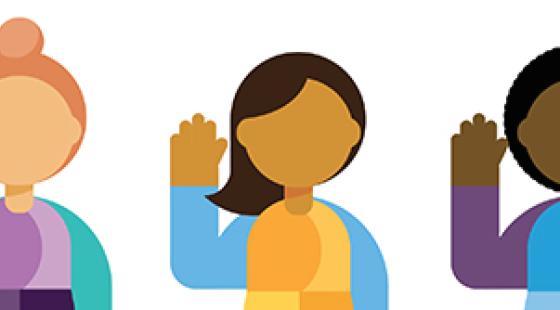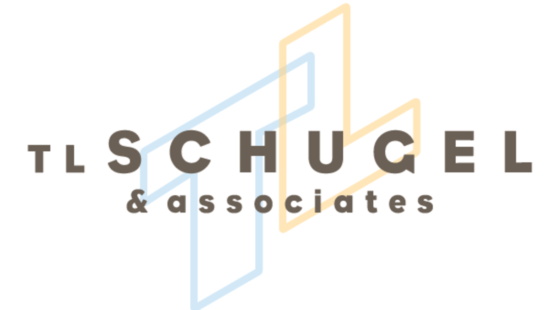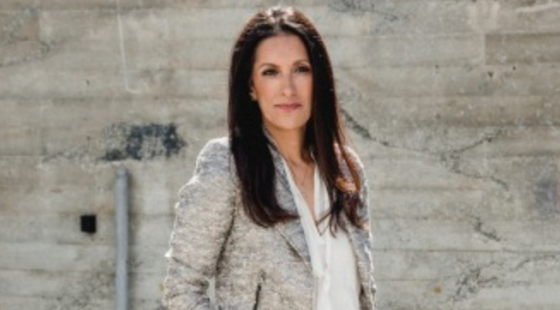Everywhere we turn these days, we’re being told that it’s imperative to our economic recovery to get women serving on Boards.
Studies tell us that three is the magic number to achieve immediate and measurable bottom line results but the She-Board needle isn’t moving.
As “Personnel Today” recently observed “when it [comes] to drawing up short-lists, women [are] put at a disadvantage as they were judged on their ability to ‘fit in’ with the values, norms and behaviors of existing board members, who were mostly men.”
A personage no less than the head of Britain’s Equality and Human Rights Commission bemoaned the fact that the “often subjective way of making [Board] appointments ends up replicating existing boards rather than bringing in talented women who could bring real benefits to individual company performance.”
Not content with the pessimistic view, I signed up for a local Women in the Boardroom event to learn how those already in leadership positions can improve the corporate person’s well-being by joining its Board.
Later, I called Sheila Ronning, Founder and CEO of Women in the Boardroom to follow up after a fairly intimidating panel of women told an equally impressive audience how to take this next important leadership step.
When I told Ronning about my frankly dazzled response to her panel, she stressed that not all Board members need be superstars. She’s been running Women in the Boardroom events since 2012 and says the winds are shifting as programs like hers multiply, the Europeans impose gender quotas and American women take action.
“In the early days,” Ronning said, “it was Board Membership 101 and women asking themselves whether they were interested. Today, they’re talking about corporate governance and Sarbanes-Oxley. They’re educated and they are digging in.”
That said, the first story I want to tell you is one about firsts. One of the first women to serve on Microsoft’s Board of Directors, Maria Klawe.
Meet Maria Klawe
Klawe is a self-described math-geek, the first woman President of Harvey Mudd College and one of two women members of Microsoft’s Board of Directors.
Klawe’s bio is so stellar that even accomplished women may be moved to think “sure, she can get on the Microsoft Board because she’s wonder woman – way out my reach.”
But Klawe didn’t start life as a superstar and neither did the other two women who spoke with her, Kimberly Alexy of Alexy Capital Management and Sharon Stevenson of Okapi Venture Capital, both of whom I’ll be featuring later this week.
But now let’s get to Klawe.
Marry Your Passion to the World’s Needs
Once upon a time, Klawe was a quiet girl in glasses carrying a slide-rule. If she were a character in Glee, she’d be one of those kids who routinely gets slushied in a high school hallway.
Klawe loved math, but like many of her generation’s young people, she also wanted to make the world a better place. Unsure how math might allow her to make that kind of contribution, she dropped out to reconsider her career path.
“What I learned,” she said, “was that I was addicted. I couldn’t stop doing math.” So she shrugged off her reservations and went back to school to earn her Ph.D.
Like law students graduating into a shattered legal market today, Klawe left school at a time when there were few academic openings for math professors. She applied to 83 Universities and got one offer, in a college town that made her deeply unhappy.
Complaints to a colleague led to the question that re-directed her career and changed her life.
“Why don’t you go back and get a Ph.D in computer science,” he asked. “There are lots of jobs there.”
Klawe had never put math and computer science together in the same sentence before. But if that was where the jobs were, that’s where she would go.
Today, Klawe advises her students to know what they like but to ask themselves what the world needs. Klawe knew her passion, but the world didn’t need math. It needed computer science.
And Then Life Happens
Husband, children and geographic career moves followed, the first to IBM back in the day when it was tech’s Microsoft, Apple and Google rolled into one.
Klawe later returned to academics which eventually led her to the deanship of Princeton’s school of engineering and finally to Harvey Mudd College just east of Los Angeles. Here she’s made a mark that would have satisfied her early idealistic self. During her short tenure, she increased the percentage of women students in Computer Science from 12 to 40%.
Klawe’s Most Important Advice
When Klawe was asked for her most important advice for women she didn’t hesitate for a moment.
“Finding the right balance between work and family,” she offered.
“Be selective,” and, when possible, multi-task. Klawe is a watercolorist – one of her most treasured activities.
Like most career women, she is no stranger to guilt and indulging her painting passion triggers the guilt-meter. So she mentors young engineers, computer scientists and math whizzes while she paints.
When asked what, if anything, women were doing wrong. Klawe also had an immediate answer.
“Too many women assume making a single networking contact is enough,” she said. “It isn’t. You must become a valuable person to the people in your network for it to advance your career.”
“Ask ‘how can I help you?’” she advised, rather than asking for help first.
Think Mission and Think Big
Klawe was not thinking small when first asked by a colleague whether she was interested in Board membership.
“I’d like to be on the Boards of Microsoft and Intel,” she responded.
Daring first choices to be sure. It just so happened, however, that Microsoft was looking for a Director with qualifications very close to her own.
Microsoft, she explained, was looking for an academic who was close to the student population, which should be good news to Gen-Y – that the software giant wants to know what young people are thinking and how it can best serve their needs.
“Most University Presidents aren’t that close to their students,” Klawe explained. “But Harvey Mudd has only 730 students and I live right in the middle of campus .”
She fit Microsoft’s needs to a T.
Gates, Ballmer and a White Board
Klawe interviewed with Bill Gates, who spent most of their hour asking about Harvey Mudd – her central mission – so she knew the match was good. Then it went dead for six weeks, as these things so often do, leaving us wondering what mistakes we made, whether we’d had spinach in our teeth or didn’t measure up.
Then Steve Balmer called, mentioning the day he’d be in town on a college tour, checking out Pomona, one of the Claremont Colleges of which Harvey Mudd is a member.
“He came in and wrote all over my white board,” Klawe enthused, “talking about Microsoft’s plans for the future. We talked for an hour and then he told me he’d been authorized to ask me to serve on the Board.”
She said “yes,” of course.
The only time she expressed disappointment was over the fate of that white board. “I came into work the next day and someone had erased it,” she said like a crushed teen who had vowed not to wash a hand kissed by a rock star.
But You Don’t Need to Be a Rock Star
When I spoke to Ronning about Klawe’s extraordinary career, she said she didn’t want women to think they needed to be rock stars to serve on Boards. There are small companies and non-profit organizations on which women can serve, she told me. It’s totally do-able.
There are, however, no overnight Board successes just as there is no sudden fame.
Membership on a Board of Directors can be a signal achievement after a long and successful career. But it can also be part of a planned mid-career move, as it has been for Kimberly Alexy, whose story I’ll tell you next.
That story, and Ronning’s step-by-step advice for Board membership, later this week.
This article was reposted with permission. Read the original article from ForbesWoman here.
The opinions and experiences expressed by the author or subjects do not necessarily reflect those of Women in the Boardroom.






